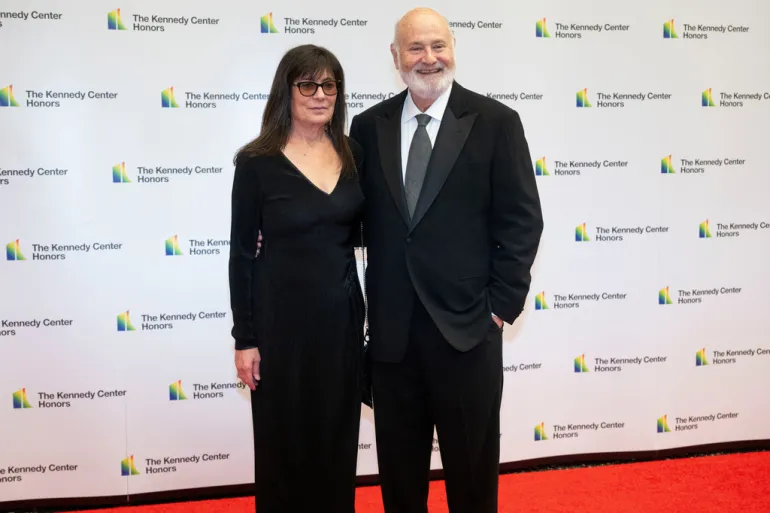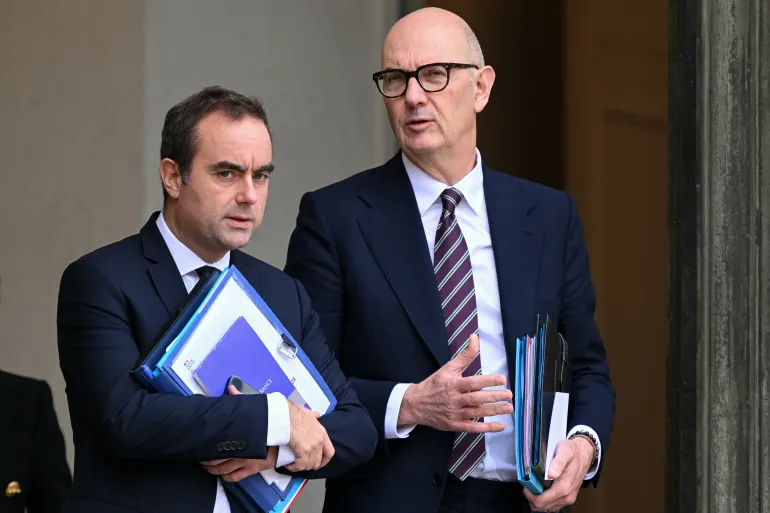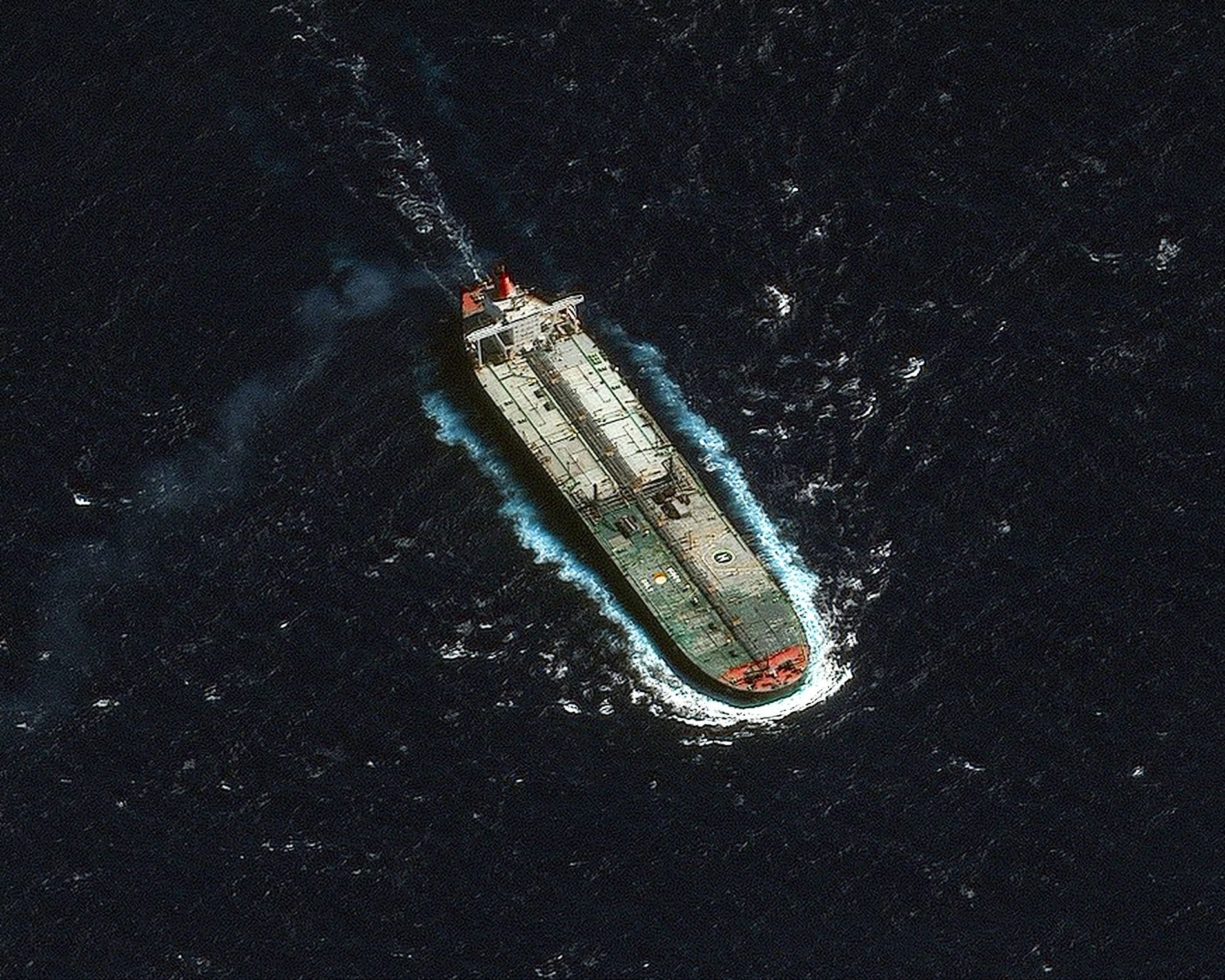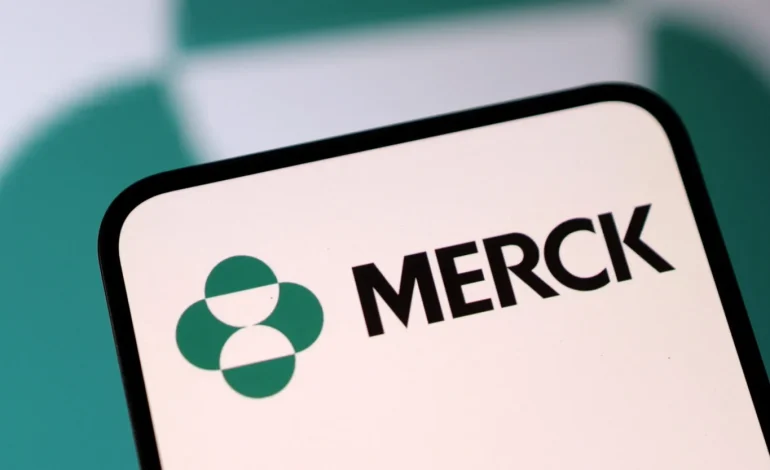CNBC, Bloomberg, Investor’s Business Daily, and Reuters contributed to this report.
Merck turned in stronger-than-expected third-quarter numbers, thanks largely to surging demand for cancer drug Keytruda, and nudged its full-year profit guidance tighter as it now assumes lower tariff costs and a few other moving parts.
The headline stats: adjusted EPS came in at $2.58 (vs. $2.35 expected) on $17.28B in revenue (vs. $16.96B expected). Net income rose to $5.79B ($2.32 per share) from $3.16B ($1.24) a year ago. Even so, shares slipped more than 2% premarket as investors parsed the guidance tweaks.
The star of the show was Keytruda, which cleared $8B in quarterly sales for the first time — $8.14B, up 10% year over year — driven by broader use in earlier-stage cancers and steady demand in metastatic settings. Merck also highlighted Winrevair at $360M (rapid growth but shy of some forecasts) and a sturdy animal health business at $1.62B, up 16% on livestock strength.
Not everything ran hot. Gardasil slumped 24% to $1.75B, reflecting soft demand in China after Merck paused shipments earlier this year to let inventories clear; ex-China, sales dipped just 2%.
On the outlook, Merck now sees 2025 adjusted EPS of $8.93–$8.98 (from $8.87–$8.97) and revenue of $64.5B–$65.0B (narrowed from $64.3B–$65.3B). The EPS range factors in “lower estimated costs related to the impact of tariffs,” a benefit from an amended AstraZeneca deal, and costs tied to the completed Verona Pharma acquisition.
Strategically, Merck is deep into a $3B cost-cut through 2027 and laying groundwork for life after Keytruda’s 2028 patent cliff — from pipeline additions and new formulations (including a quicker, under-the-skin Keytruda) to manufacturing investments. For now, the franchise is still doing the heavy lifting, but the next few years are about turning today’s beat into a broader base of growth.










The latest news in your social feeds
Subscribe to our social media platforms to stay tuned